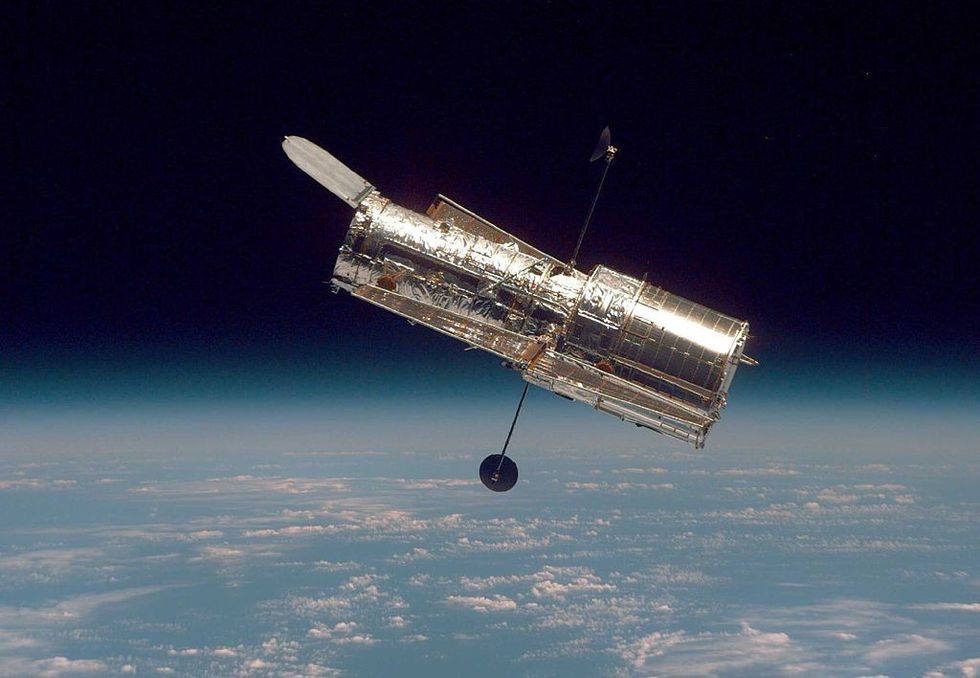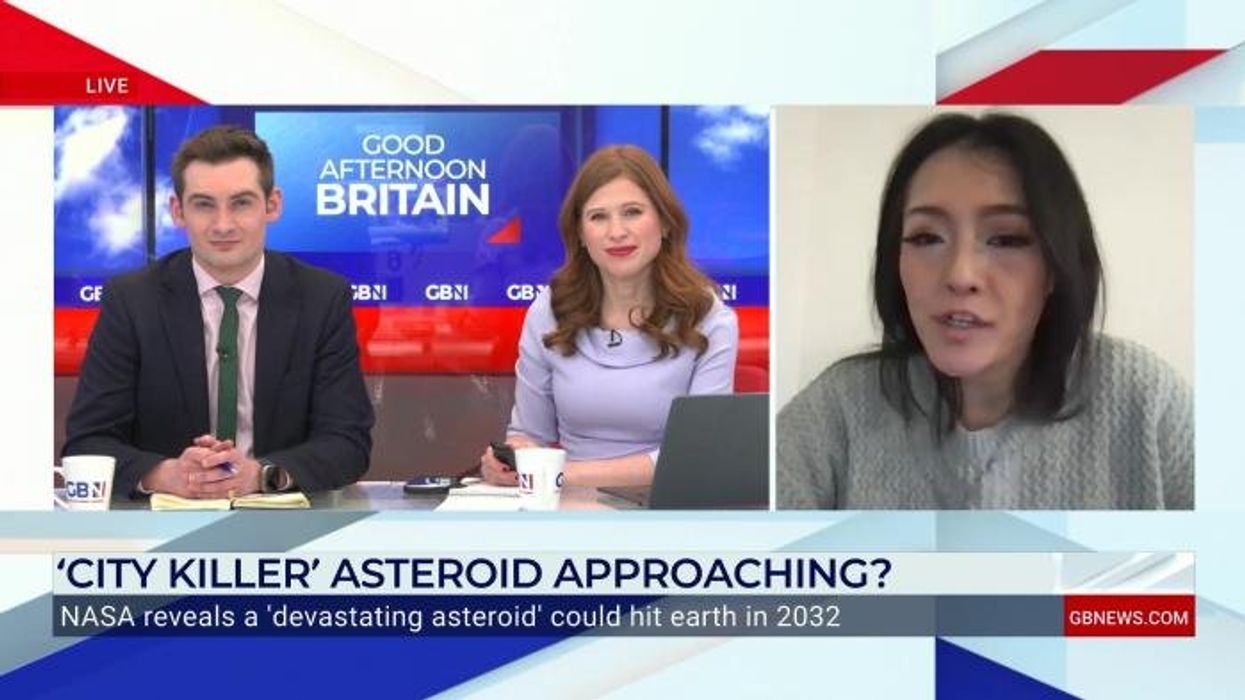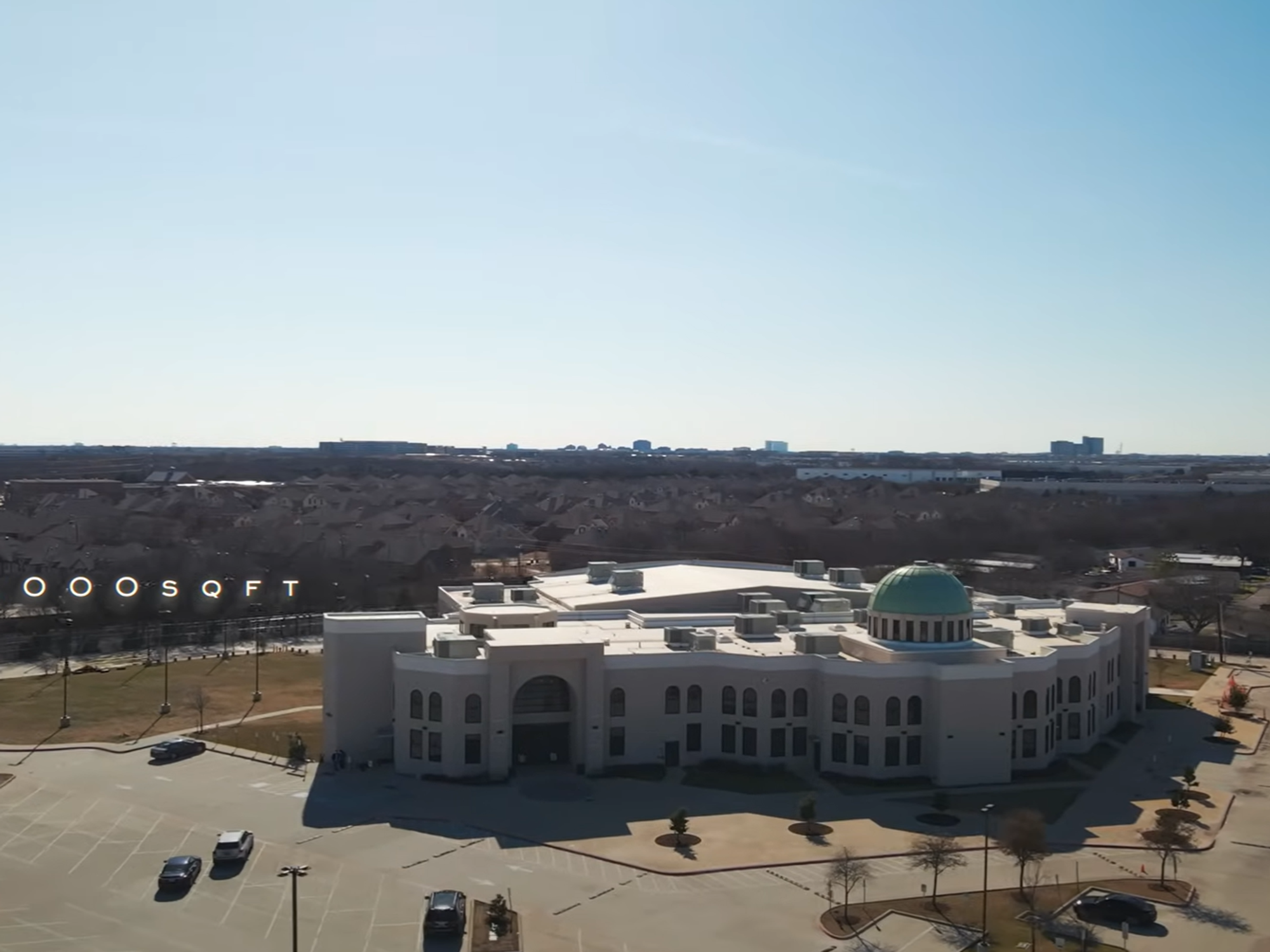Scientists scramble for answers after 'interstellar object' makes shock turn towards the sun
A leading astrophysicist has suggested the object could be an alien 'Trojan Horse' heading toward Earth
Don't Miss
Most Read
Scientists have been left stunned after witnessing an interstellar object behaving in ways never seen before in a comet.
Images captured in August by the Two-Metre Twin Telescope in the Canary Islands show a faint jet of gas and dust stretching around 3.7 miles from the core of the object, dubbed 3I/ATLAS, pointing directly at the Sun.
Comet tails are normally pushed away from the Sun by solar wind and radiation, making this unusual display a cosmic first.
On Friday, Harvard astrophysicist Avi Loeb, who has long-theorised the object may be of alien origin, said: "The existence of an anti-tail pointed toward the sun is an anomaly that raises two questions: What is the nature of the anti-tail?

Scientists have been left stunned after witnessing an interstellar object behaving in ways never seen before in a comet
| NASA"Why are comet experts ignoring this anomaly while insisting that 3I/ATLAS is a familiar comet?"
Earlier in the summer, the Hubble Space Telescope recorded a similar unusual glow being emitted from the intergalactic traveller.
Prof Loeb said the glow was much longer than it was wide, forming a jet-like shape aimed directly at the Sun, which is behaviour not previously observed by astronomers.
He said: "Realising this is as shocking as photographing an animal your family thinks is a street cat, only to see a tail coming out of its forehead."

The Hubble Space Telescope recorded a similar unusual glow being emitted from the intergalactic traveller
|GETTY
However, Prof Loeb noted that while scientists were claiming that images captured by the Hubble proved the object was a comet, they were failing to address that the jet is pointing in the "wrong" direction.
Ground-based and Hubble observations show material moving toward the Sun, defying the behaviour normally seen in comet tails.
The Harvard astrophysicist suggested that the direction the jet is pointing towards may indicate that 3I/ATLAS is emitting large particles that not impacted by the Sun's light.
He predicted that the interstellar visitor to our Solar System has a 30 to 40 per cent chance of being of alien origin and a "Trojan Horse" acting like a comet to confuse humanity.
SPACE - READ THE LATEST:
- ‘Four-way’ solar storm hurtling towards Earth - set to strike in just HOURS
- Aliens may be ignoring us because they're too BORED, claim researchers
- 'Gosh!' Eamonn Holmes STUNNED as expert tells him when we can expect Nasa buildings on the moon
- Humanity 'one step closer to the Moon' after Elon Musk's SpaceX makes landmark rocket launch
Prof Loeb's hypothesis could be proven as early as October 29 as the object reaches its closest point to the Sun on its journey.
He suggested that the object will "disintegrate into fragments" if it is a comet.
The astrophysicist explained: "When a comet gets close to the sun, solar radiation heats its icy nucleus.
"Volatile ices like carbon dioxide, carbon monoxide, or water sublimate directly into gas, carrying away dust and small rocks.

Prof Loeb's hypothesis could be proven as early as October 29 as the object reaches its closest point to the Sun
| GETTY"This process can cause the comet to break apart if the mix of ice and dust cannot withstand the thermal stress."
A former researcher at the Commonwealth Scientific and Industrial Research Organisation, Dr Horace Drew, previously suggested a bright green glow seen in some images of the comet may point towards the object being an alien spacecraft covered in nickel.
Earlier this month, Dr Drew said on social media that 3I/ATLAS "is not a comet".
Prof Loeb has suggested that 3I/ATLAS may be "a wake-up call for humanity if we realise that there is a smarter kid on our block."
Our Standards: The GB News Editorial Charter











